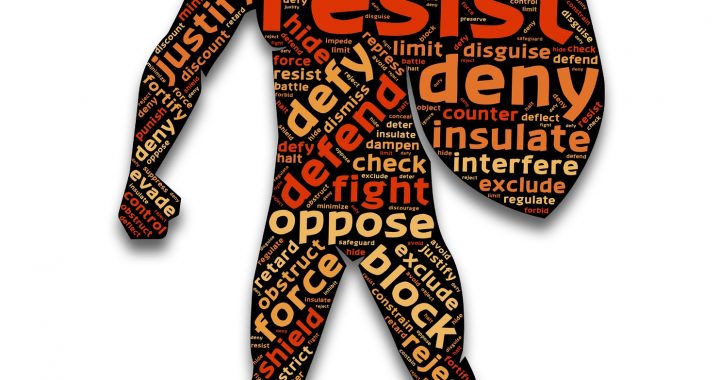Companies can redesign their structure, their systems and processes but unless they can help their people change, they are just moving the same people with the same behaviours into a new reporting line. Emily Lawson and Colin Price unpack ways to change behaviour and attitudes in this story for McKinsey and Co.
Companies can transform the attitudes and behavior of their employees by applying psychological breakthroughs that explain why people think and act as they do.
Over the past 15 or so years, programs to improve corporate organizational performance have become increasingly common. Yet they are notoriously difficult to carry out. Success depends on persuading hundreds or thousands of groups and individuals to change the way they work, a transformation people will accept only if they can be persuaded to think differently about their jobs. In effect, CEOs must alter the mind-sets of their employees—no easy task.
CEOs could make things easier for themselves if, before embarking on complex performance-improvement programs, they determined the extent of the change required to achieve the business outcomes they seek. Broadly speaking, they can choose among three levels of change. On the most straightforward level, companies act directly to achieve outcomes, without having to change the way people work; one example would be divesting noncore assets to focus on the core business. On the next level of complexity, employees may need to adjust their practices or to adopt new ones in line with their existing mind-sets in order to reach, say, a new bottom-line target. An already “lean” company might, for instance, encourage its staff to look for new ways to reduce waste, or a company committed to innovation might form relationships with academics to increase the flow of ideas into the organization and hence the flow of new products into the market.
But what if the only way a business can reach its higher performance goals is to change the way its people behave across the board? Suppose that it can become more competitive only by changing its culture fundamentally—from being reactive to proactive, hierarchical to collegial, or introspective to externally focused, for instance. Since the collective culture of an organization, strictly speaking, is an aggregate of what is common to all of its group and individual mind-sets, such a transformation entails changing the minds of hundreds or thousands of people. This is the third and deepest level: cultural change.
In such cases, CEOs will likely turn for help to psychology. Although breakthroughs have been made in explaining why people think and behave as they do, these insights have in general been applied to business only piecemeal and haven’t had a widespread effect. Recently, however, several companies have found that linking all of the major discoveries together in programs to improve performance has brought about startling changes in the behavior of employees—changes rooted in new mind-sets. Performance-improvement programs that apply all of these ideas in combination can be just as chaotic and hard to lead as those that don’t. But they have a stronger chance of effecting long-term changes in business practice and thus of sustaining better outcomes.
Four conditions for changing mind-sets
Employees will alter their mind-sets only if they see the point of the change and agree with it—at least enough to give it a try. The surrounding structures (reward and recognition systems, for example) must be in tune with the new behavior. Employees must have the skills to do what it requires. Finally, they must see people they respect modeling it actively. Each of these conditions is realized independently; together they add up to a way of changing the behavior of people in organizations by changing attitudes about what can and should happen at work.
Read more: The psychology of change management | McKinsey & Company
